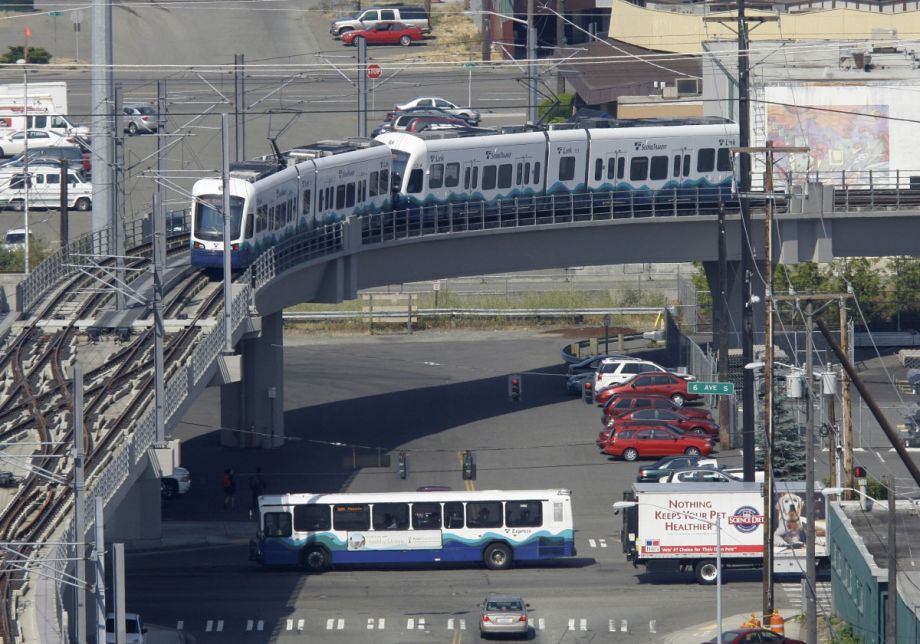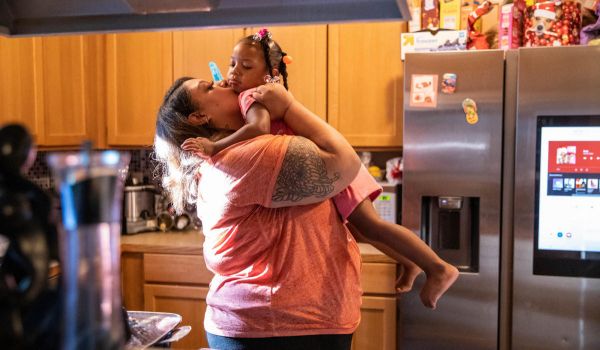In November, voters in King, Snohomish and Pierce counties were asked to raise sales, property and motor vehicle excise taxes to pay for the third phase of Sound Transit’s expansion throughout the Seattle region. The massive $54 billion Sound Transit 3 (ST3) package passed, setting the agency up for another 25 years of projects including 62 miles of light rail, two bus rapid transit lines, and increased commuter rail and express bus service.
Though the vote was less than a month ago and Sound Transit’s second phase of construction is slated to last until 2023, some Seattle transit advocates are already floating the idea of running another transit ballot measure — one of several avenues they hope the agency takes to speed up ST3’s delivery timeline.
Seattle Subway, a grassroots advocacy organization, has proposed Sound Transit run a ballot measure in 2018 to issue bonds against future tax revenue for the full cost of the ST3 package. Their idea is that with far more cash on hand, the agency will be able to move more quickly on construction. Because of state law limiting the amount of debt Sound Transit can hold at one time, the bonding vote would require a 60 percent majority to pass.
“The biggest feedback during the entire comment period was ‘yes we want all these things, but we want them now,’” says Jonathan Hopkins, Seattle Subway political director. “People were worried about the long timeline and we agree with them. It would be great to have the system up and running earlier.”
The first ST3 projects — light-rail extension east to downtown Redmond and south to Federal Way — are projected to open in 2024. The last projects — light rail to Issaquah and a streetcar extension in Tacoma — won’t be ready till 2041.
Hopkins explains that this all comes with a major caveat: “We wanted to start a discussion about this. What we don’t have, since we’re not financial analysts, is thorough data about how much we’d be able to gain time wise. It’s only a presumption.”
In a September interview with KIRO 7, Sound Transit CEO Peter Rogoff mentioned the idea of raising the debt limit, though didn’t specify by how much.
“We could always come back for a supermajority to get those financial restrictions lifted,” Rogoff said then.
However, Geoff Patrick, Sound Transit spokesman, tells me, “There’s been no consideration by Sound Transit staff or board of another ballot measure.”
He says they heard the many concerns about project delivery timelines and did what they could cut it down.
“The reality [is] that major infrastructure takes a significant amount of time to build,” Patrick explains. “We’re in a paradigm where we try to move up timelines as much as we can in the environmental review phase and construction period. Timelines aren’t what they are because of financial capacity in the vast majority of cases.”
One of the ways Sound Transit hopes to accelerate the process is by working closely with cities to decide on preferred alignments for the rail line and move into design, as opposed to “studying lots of alternatives and taking so long in that early stage,” says Patrick.
He says Sound Transit was able to work closely with Redmond and Federal Way to expedite the process. The agency already issued a final environmental impact statement for the Angle Lake to Federal Way extension, which includes three new stations. According to Patrick, that sets them up to adopt final alignment then move into final design sooner. The Sound Transit Board is likely to vote next week to approve preliminary engineering on the Redmond project.
That sort of collaboration is something Hopkins hopes to see everywhere, but especially in Seattle to get the West Seattle to Downtown to Ballard light rail done. “If the city outlines their realm of possibility [for preferred alignments] from the get-go, that could be what gets a project done in 12 years instead of 15.”
“Ultimately we’re trying to help this happen as fast as we can to the level of quality we all agree must happen, which is a grade-separated system,” Hopkins says. “So we’re going to keep looking at it to make sure we’re doing everything we can.”

Josh Cohen is Crosscut’s city reporter covering Seattle government, politics and the issues that shape life in the city.
Follow Josh .(JavaScript must be enabled to view this email address)
















